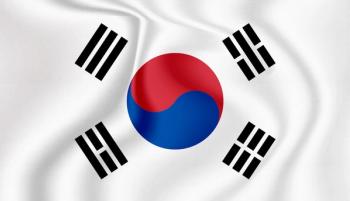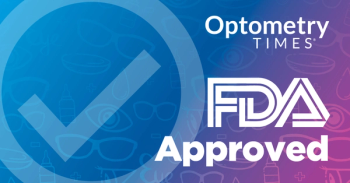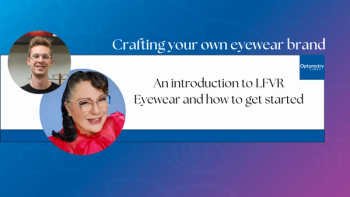
Coding: Learn to speak a very foreign language
Optometry schools equip optometrists-to-be with the knowledge, experience, and resources to care for the refractive, functional, and ocular health needs of patients. After the patient encounter, however, is when the confusion sets in and the services performed need to be documented and translated into terms that payors understand.
Key Points
If that was all that it took to care for our patients, we would be set. Regrettably, for many ODs, this is where much of the confusion begins. After the patient encounter, it is then our duty to document the services performed and translate what we have done into terms that any payors other than the patient understands.
In eye care, we have a unique set of challenges when it comes to choosing appropriate CPT codes. We have codes that are designated for eye care only (92XXX) and those that are generalized for all health-care professionals based on the complexity of the office visit (99XXX).
It is important that optometrists represent our patient encounters as accurately as possible. The only way to do this is to be familiar with the criteria required for each level. Then, when seeing patients, you will easily be able to translate what you do during the exam to the proper CPT codes.
Recently, the Physician's Quality Reporting Initiative (PQRI) has added a layer of complexity to CPT/ICD coding. These codes now are used to describe certain things about patient encounters that are not easily identified by traditional CPT and ICD coding.
One example for eye care is a code that represents the evaluation of the optic nerve through a dilated pupil for a patient in whom glaucoma has been diagnosed. Now, when seeing a patient covered by Medicare, we can submit these codes and be eligible for a bonus payment that is dependent on our reporting.
So how important is accurately using these codes for the future of optometry? Many of the current payor systems are examining value-based health care and how all of the health-care professions fit into the system. For optometry to maintain a strong position as integral to the total health care of a patient, it's important for all of us to accurately represent how we currently care for our patients.
Our advice is simple: Focus all efforts toward what is in the best interest of the patient. In addition to caring for patients properly, that also includes speaking the language of codes correctly: CPT, ICD, and PQRI. By becoming fluent in this language, we will be able to accurately bill and code our services for what they are worth.
Only by updating your reference books or software yearly, keeping up to speed with changes through communication with your peers, reading on the topic in professional publications, and devoting part of your yearly education to correct coding procedures will you become a master of this challenging-yet increasingly important-health-care language.
Author InfoMile Brujic, OD, is a partner in a four location optometric practice in Northwest Ohio. He may be contacted at
.
David L. Kading OD, FAAO, practices in Seattle. His practice specializes in anterior segment disease and contact lens-fitting. Dr. Kading may be reached at
.
Newsletter
Want more insights like this? Subscribe to Optometry Times and get clinical pearls and practice tips delivered straight to your inbox.
















































.png)


